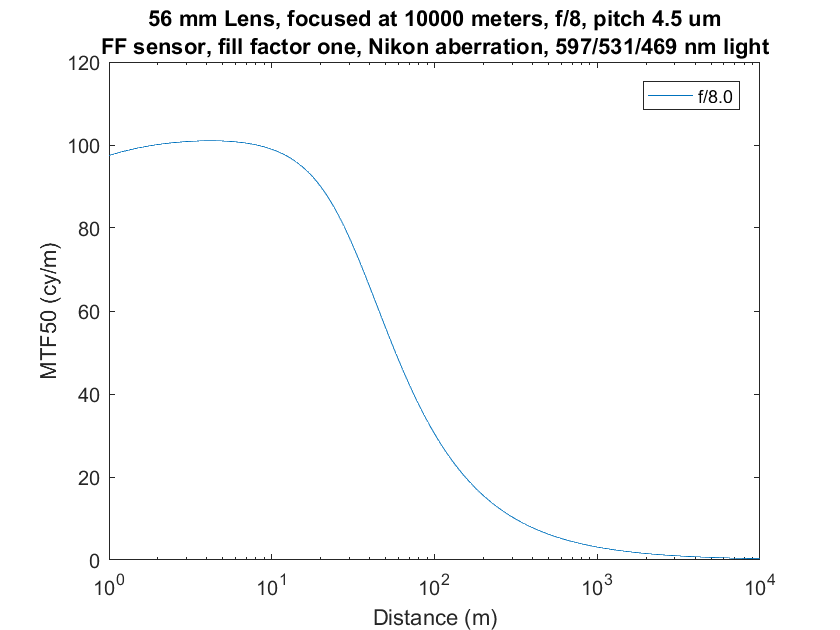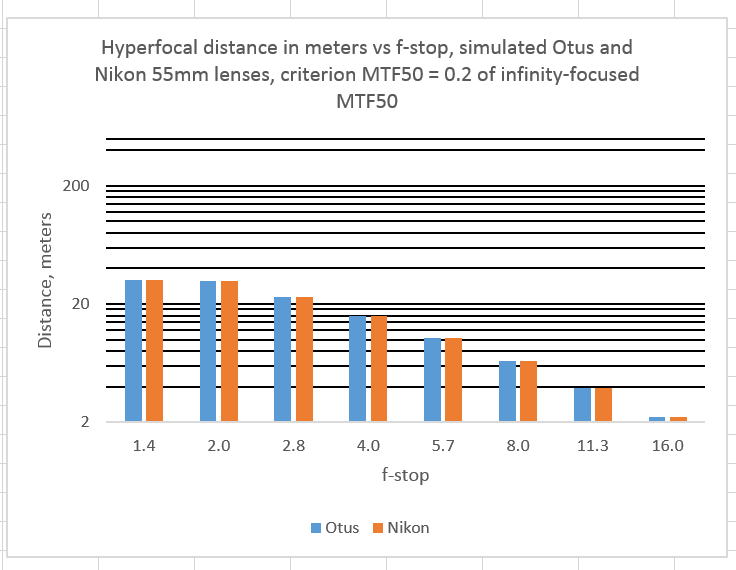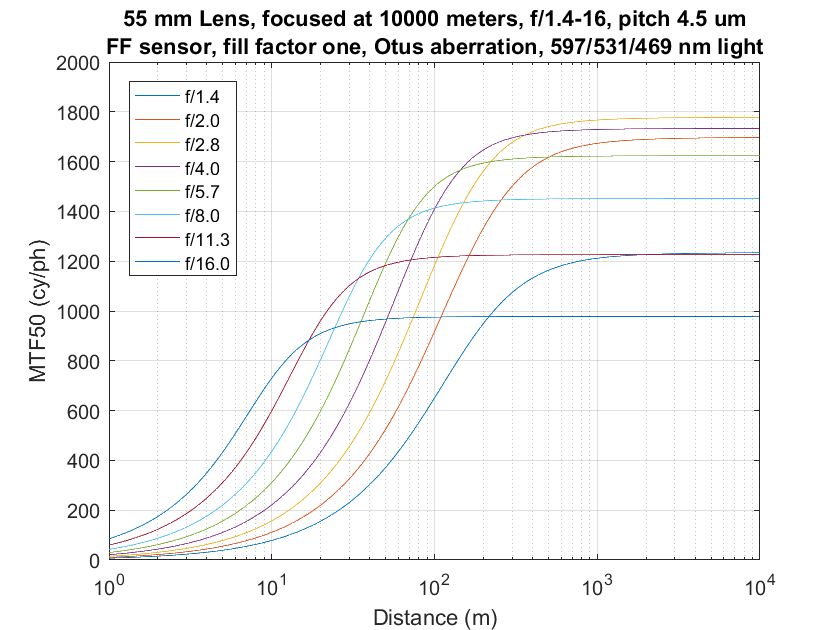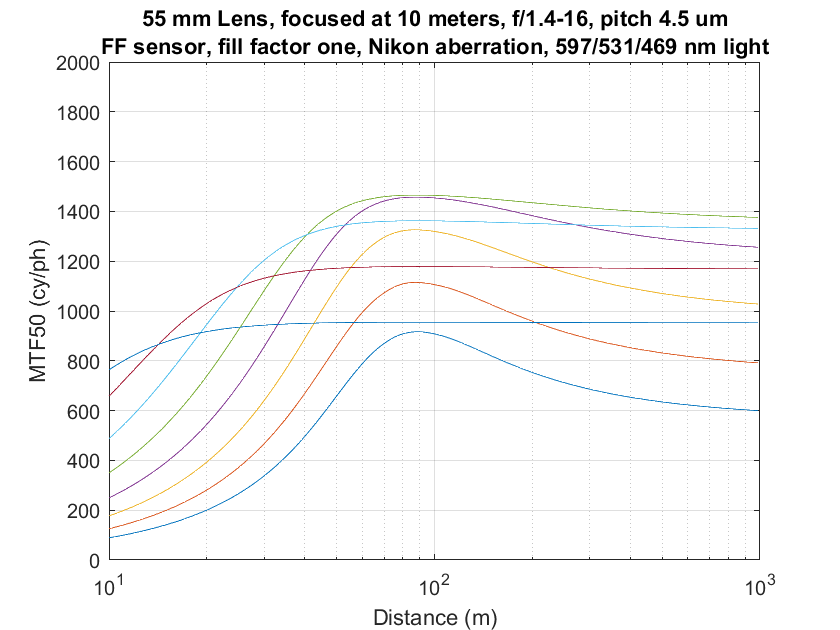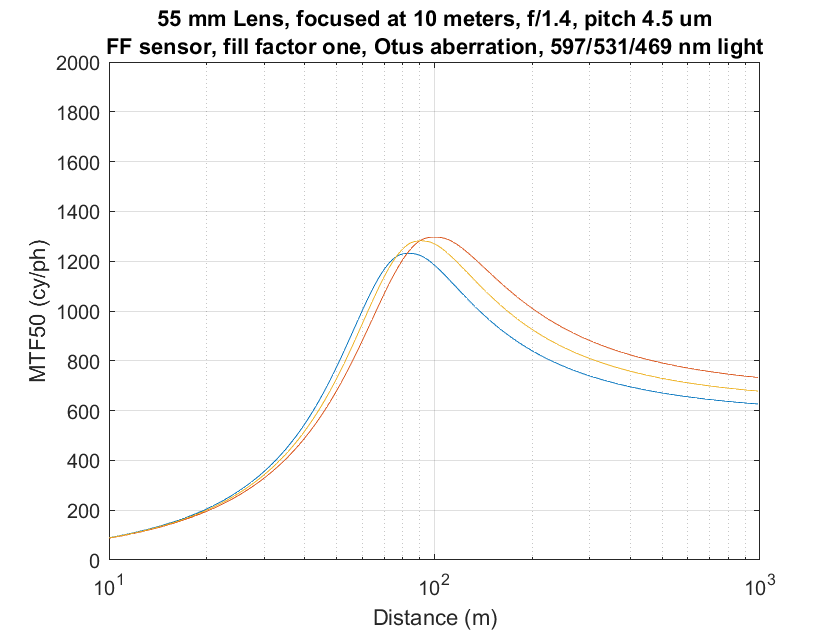This is a continuation of a report on new ways to look at depth of field. The series starts here: A new way to look at depth of field I’m beginning to wind down this long, long look into the details of depth of field (DOF) management. Today I’ll devote the post to object-field (OF)… [Read More]
Archives for 2016
Do sharper lenses have more, or less, DOF?
This is a continuation of a report on new ways to look at depth of field. The series starts here: A new way to look at depth of field I’ve heard photographers say that sharper lenses — and cameras, for that matter — have less depth of field (DOF) than lesser ones. Is that true?… [Read More]
Object field, infinity-focused behavior with two lenses
This is a continuation of a report on new ways to look at depth of field. The series starts here: A new way to look at depth of field If you’re coming late to this party, here’s some background on object field methods. It is a tenet of the object-field (OF) approach to depth of… [Read More]
Modeling the Nikon 85/1.4 G
This is a continuation of a report on new ways to look at depth of field. The series starts here: A new way to look at depth of field Yesterday, I modeled a really great lens, the Zeiss Otus 85/1.4 ZF.2, and ran a set of depth of field curves. Today, I’ll do the same… [Read More]
Modeling the Otus 85/1.4
This is a continuation of a report on new ways to look at depth of field. The series starts here: A new way to look at depth of field One of the things that I’ve been meaning to get to is better modeling of the on-axis performance of a really good lens. I’ve taken as… [Read More]
- « Previous Page
- 1
- …
- 19
- 20
- 21
- 22
- 23
- …
- 61
- Next Page »
